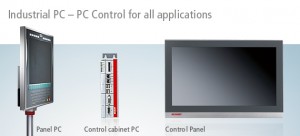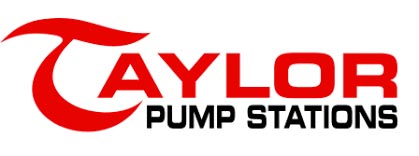See you at the Pump Station It Pays to Compute
The most advanced wastewater lift station, uses the most advanced computer Technology
A wastewater lift station operator knows the basic truth regarding the operation of a wastewater lift station. A good PLC (programmable logic controller) installed in the modern wastewater lift station is more than a convenience, it is an efficient necessity. In this Blog, I am going to discuss the comments of many of the operators that I have visited over the years. Quite honestly, I learn more about the best operating systems integrated into a wastewater lift station from the visits with the wastewater operators that I occasionally drop in on. I will give them all the credit where credit is due. A big thank you to all the wastewater lift station operators throughout the North West, all these men and women do a wonderful job in what is usually a demanding and difficult job.
The human machine interface or HMI, made easier to input and program than the VCR of old, and it records too!
One thing most humans, beginning with the Neanderthals, to today’s modern man strive for and that is to keep it simple. Wastewater lift station operators have to perform many different tasks each and every day and the last thing the operator needs is to have multiple blinking lights, and complicated reset methods or reliability issues. What is becoming the best feature of a supervisory control and data acquisition or SCADA, is that it is easy to learn. In as little as one day of training most lift station operators can become proficient in keying in commands and remotely monitoring each wastewater lift station to ensure normal operations. The operator keys in the level control parameters through the HMI connected to the master PLC. The convenience of the PLC is most evident in the man hours saved in monitoring the wastewater lift station. As the computer world grows around us, it envelopes the wastewater industry, an industry in which monitoring is of paramount importance.
We can see you at the Wastewater Lift Station while we’re at Home
So we have found that a Supervisory control and data acquisition is a fundamental element of a wastewater lift station network. The SCADA system in actuality is a broad scope of centralized monitoring technology over anything from an irrigation system to a nation’s nuclear weapons arsenal. It is quite comforting for most public works managers to know that if a key wastewater lift station technician is home for a day the critical needs of the remote wastewater lift station can be monitored from the employee’s home.
 Un-Complicating the terms that define the scope of the complete logic controlled wastewater lift station!
Un-Complicating the terms that define the scope of the complete logic controlled wastewater lift station!
Don’t you just hate it when the acronyms start flying off from the instructors tongue or some “Blogster” starts off with the mnemonic RTU, or CPU, and as he tells you how they are linked, you have missed the connection, because the part of one is intrinsically linked to the other?
It sounds important and it is!
The electronic equipment is less complicated if we know the definition of each unit or part. So, although I can’t put the terms in alphabetical order, I can start with the biggest pieces of the puzzle first and that will let you view the complete picture quickly.
1. The HMI is a key component, because you read it. Quite simply what you see is what you read. We know that an HMI stands for human machine interface. This device allows you to work the machine; the interface simply lets you interact with the pump controller or other type of electromechanical equipment.
2. The PC, well it could stand for pump controller, and the personal computer can be a pump controller but the personal computer is mentioned, because it can be a powerful tool in orchestrating the components of a wastewater lift station. As basic as it seems the personal lab top can be a mobile “plug in “ diagnostic #tool to gain a level of troubleshooting only limited by the operators training.
3. Where does the PLC, fall into the line-up in the overall SCADA system within the wastewater lift station and its automatic and programmed operation. Another device to control and monitor the lift stations daily condition. You are beginning to see the picture. With all the different letters indicating a uniquely different electronic device, they are really very similar in so many ways. The different analog and digital designed devices are all of a family of controllers. A PLC, is a lightweight, usually hand held controller, that is both economical and user friendly as it can be as common as the iphone or ipad.
4. Another related component to all the above is the RTU, or remote terminal unit. It is what its name implies a electronic unit mounted near the pump station in most cases, and processes signals in deliverance of this digital data to the supervisory acquisition system as related to the wastewater lift station and its many performance markers
5. A foundation is an important feature in most buildings and the reason I put the Supervisory Control and data acquisition, SCADA at the bottom of all of the other very important interfaces and devices is that SCADA supports the whole family of monitoring and control components. A wastewater lift station is supported by a concrete foundation, and for all elements of temperature, liquid level, hours run, even security issues at the station, they are all supported by an advanced SCADA system. At the “Station” we don’t have to ask “Mom” “How high is the water mama?” We rely on the advancements in technology!
